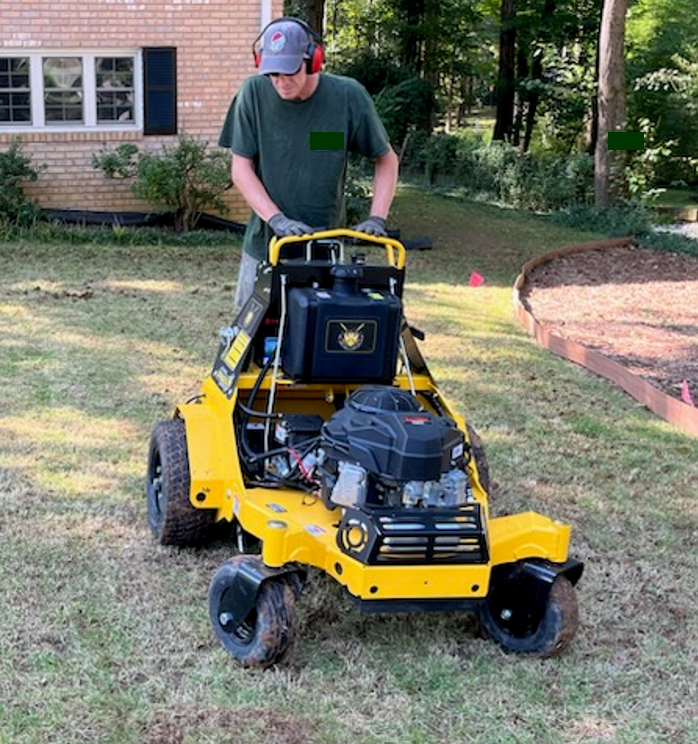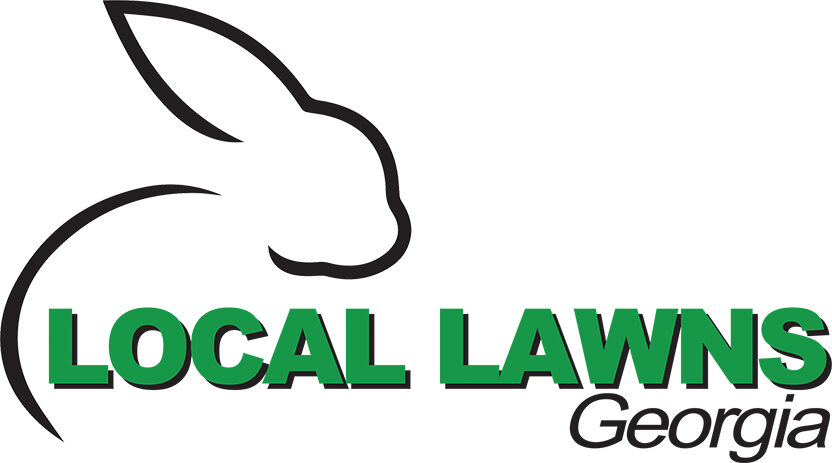The Benefits of Aeration for Your Lawn
Winter frosts and Georgia soil doesn’t let your lawn get the space it needs for air, water, and nutrients to reach its roots. Aeration loosens the soil allowing water, air, and lawn fertilizers to penetrate the ground and circulate down to the root system, where they’re needed. This will give your lawn:
- Improved Lawn Health: Roots need access to air, water, and nutrients. Aeration improves water usage and allows nutrients to move deep into the soil for them to be utilized by the roots.
- Stronger Roots: Aeration creates space for roots to spread out and develop a broader root system by breaking up the dense soil, reducing soil compaction, and thatch buildup.
Reduced Water Runoff: Aeration makes it easier for water to seep into the ground, which helps with puddling caused by rainfall.
Enhances Lawn Thickness: Aeration supports seedling growth and self-spreading grass development by creating a favorable environment.
Heat and Drought Stress Tolerance: Aeration makes lawns more resilient against external stressors like heat, disease, pests, and drought.

When to aerate your lawn?
All lawns can be aerated annually.
Warm-season grasses (i.e., Bermuda and Zoysia): Spring or early summer.
Aeration makes it easier to keep thick and lush lawns by utilizing the warm season grass’s ability to self-spread filling in thinning areas.
Cool-season grasses (i.e., Fescue): Late summer or fall.
Aeration prepares the hard and dense soil for overseeding.
